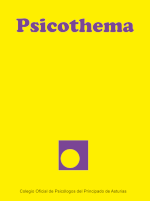Abstract
Background: In March 2020, the Spanish government established an official lockdown across the country in response to the COVID-19 pandemic and confined the population to their homes, restricting their mobility. The objectives of the study are twofold: a) to examine dose-response relationships between physical activity (PA) components (volume, intensity, frequency, duration) and depressive symptoms of the population during confinement, and b) to identify the optimal levels of PA to mitigate notable depressive symptoms (NDS). Methods: 4,811 (2,952 women) Spanish citizens, age range 16-92 years, completed an online questionnaire (snowball sampling) to measure their levels of depressive symptoms, PA, and various anthropometric and sociometric variables. Volume (METs-min/week), frequency (days/week), and duration (hours) were examined using logistic regressions with restricted cubic splines. Results: The PA components were inversely associated with NDS. Performing at least 477 METs-min/week was associated with a 33% decrease in probability of NDS, and reaching 3,000 METs-min/week was associated with the lowest risk of NDS (47%). As for frequency, with 10 times/week the probability of NDS was 56% lower. At 10 hours of weekly practice, the probability of NDS was 39% lower. Conclusions: A range and optimal amount of PA is suggested to reduce the appearance of SDN during confinement.Downloads
Download data is not yet available.
